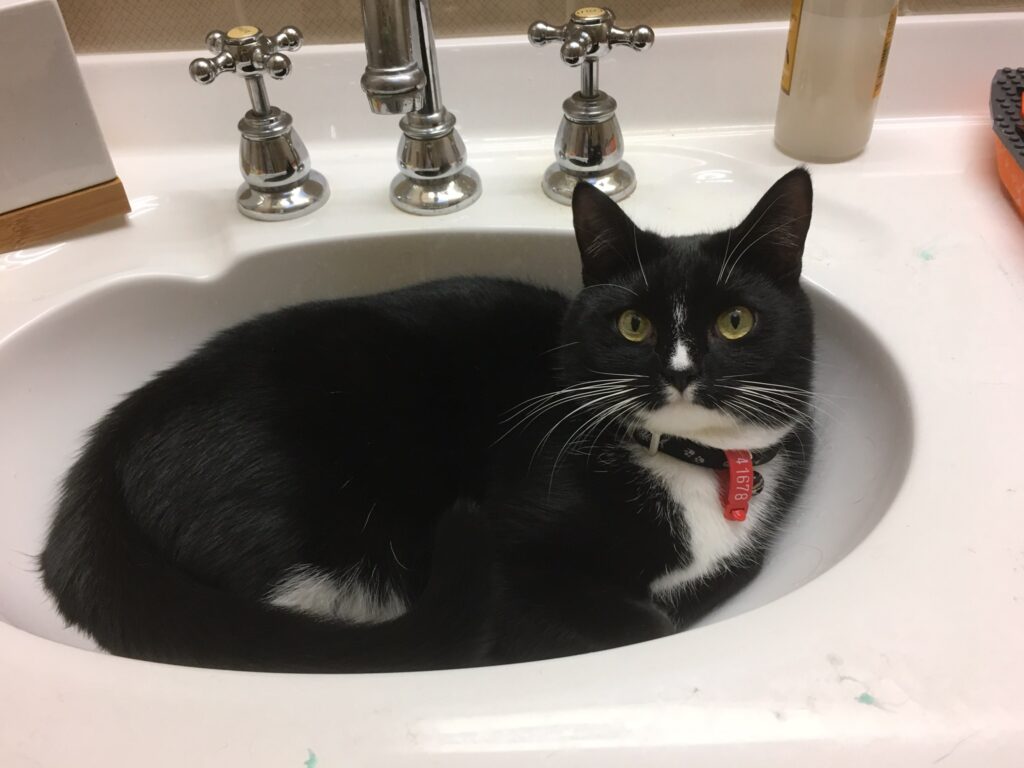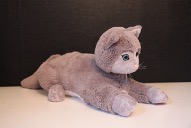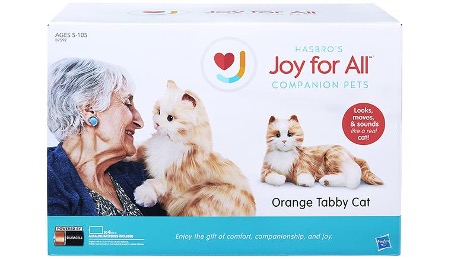Yes a robot seal. But we will get to that in a moment. Can you remember your first pet? Mine was a ginger cat, called Dermie. He had a tough personality and whilst he was fond of us, he wasn’t often cuddly so on that one time he did curl up on my lap, it was the best thing ever. I still remember it like it was yesterday.

Our current cats do crazy funny things that make our whole family laugh. That’s good for the soul! I came across this photo of Totes the other day, lying in the bathroom sink. It is hard to explain why this is so funny without the context of knowing this cat’s personality, but the point is, these kinds of memories are vivid and joyful. If you are an animal person, you will understand what I mean and why robot pets, designed and used in settings for therapeutic use, have been created alongside the real deal.

Typically, therapy animals (the real ones) are used in various settings, such as for children with autism or for those with mental illness and/or living with dementia as a means to help alleviate stress, create a sense of calm and improve mood. They are most often dogs – let’s face it, dogs are far more obedient than cats! But there have been studies that explored animal therapy with dolphins! Imagine that. Of course there are practical issues of cost, time, ethics and not to mention upkeep of a dolphin being used for this reason that would preclude the majority of people from having access to this.
For many of our senior citizens, keeping a cat or a dog is beyond either their will or their ability, and yet a for this demographic who often suffer with loneliness and depression, a pet could be the perfect antidote. Robotic pets could help solve this, and are becoming more common place as an alternative pet therapy animal of choice, and I can see why:

- Many are surprisingly life-like
- You can have a dog or a cat – who will not run away from you, and will let you pat it all day long
- If you suffer with allergies, this changes everything!
- No kitty litter clean-up required (that is a big win in my view)
- No upkeep costs such as vaccinations, food and grooming
- And if you have phobias of dogs or cats – then meet Paro, the seal (with eyes as adorable as your favourite Dreamworks animated movie character), these pets are the bomb:


The main environment for these amazing creatures is in the residential aged care setting. Using these robot animals with people living with dementia seems to bring back memories of once owning a pet, invoking positive mood and in some cases reduced pain levels. Unfortunately due to the cost of these furry friends (Paro especially), there aren’t too many of them around, with some facilities preferring the real life versions to look after or have visit, and this means that the studies are all promising in their research rather than proven in their effectiveness. However, one only has to see the joy that appears on a person’s face, to recognise that these creatures, both real and robo-real, create a meaningful impact, even if it is only for just that one moment.